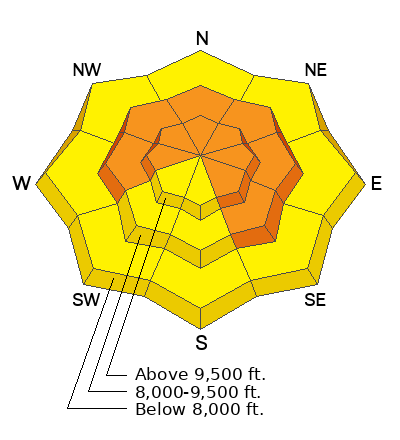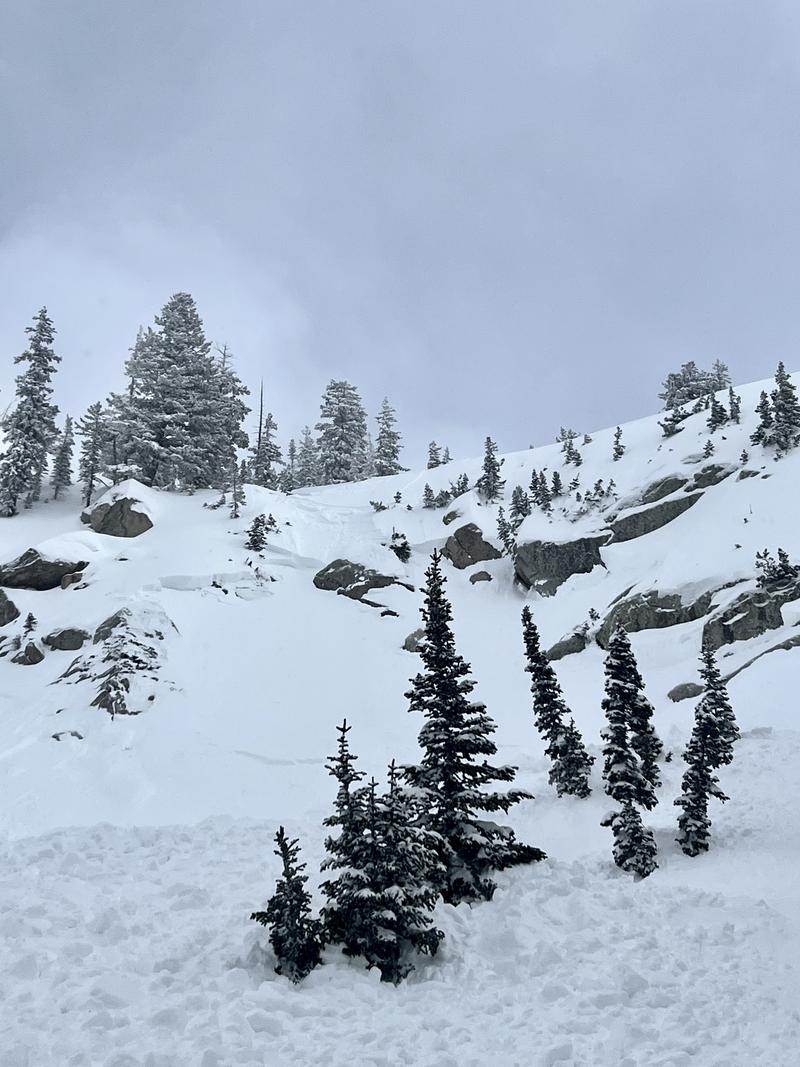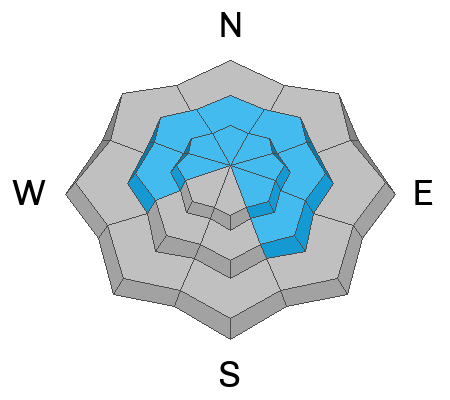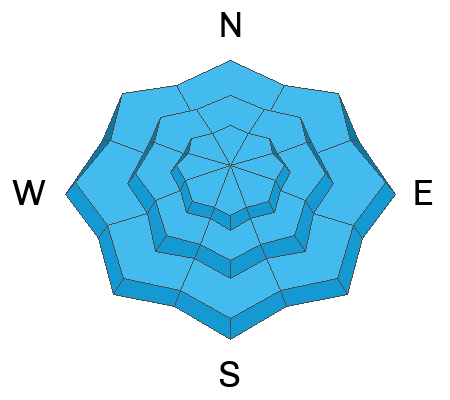Forecast for the Provo Area Mountains

Issued by Nikki Champion on
Saturday morning, February 10, 2024
Saturday morning, February 10, 2024
Today, the avalanche danger remains CONSIDERABLE at the upper and mid-elevation slopes facing west through north and southeast. Deadly slab avalanches may fail in a persistent weak layer and be up to 6' deep. On all other slopes, the avalanche danger is MODERATE, with the main concern being soft slabs of storm snow or wind-drifted snow 2-3' deep. In areas without a cohesive slab, you may trigger long-running loose snow sluffs in steep terrain.
These conditions are perfect for an avalanche accident. The storm has departed, but the danger has not. With clearing skies, backcountry riders will continue to find dangerous avalanche conditions. Most avalanche accidents and fatalities occur after peak instability. Avalanche terrain can be easily avoided today, as there are excellent riding conditions on lower-angled slopes in all directions.

Low
Moderate
Considerable
High
Extreme
Learn how to read the forecast here






